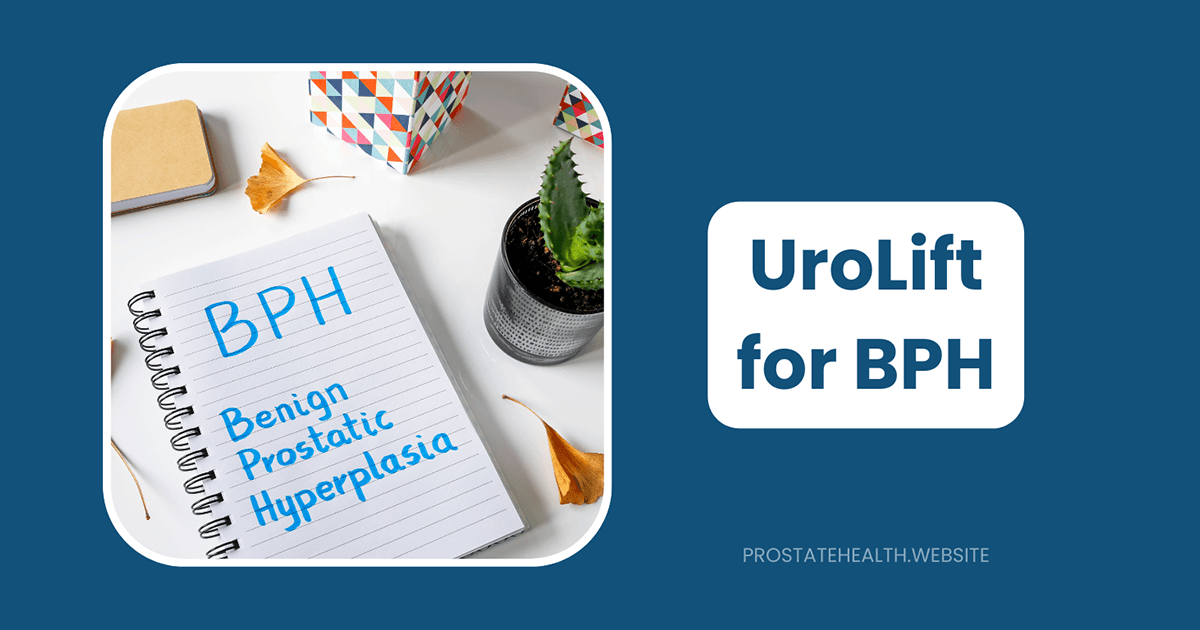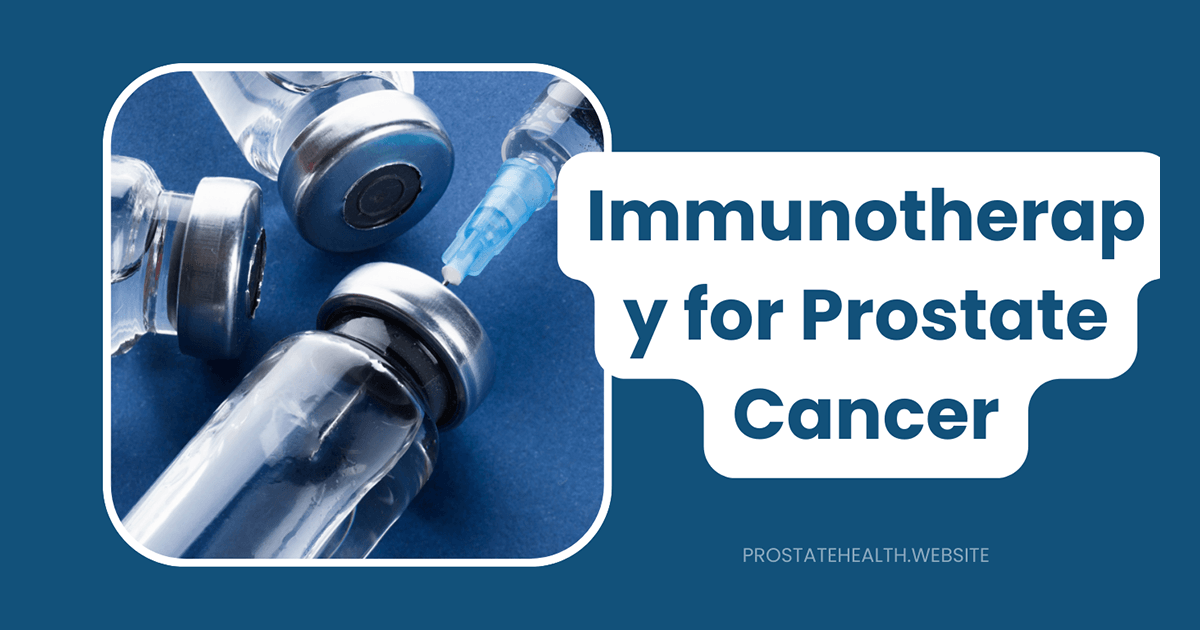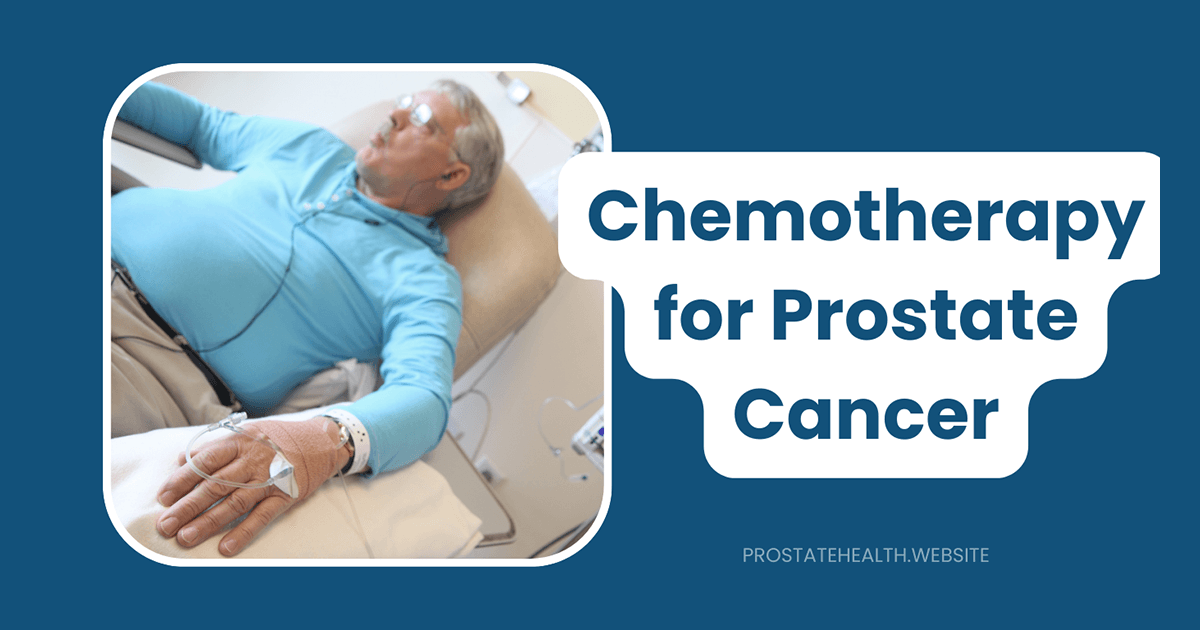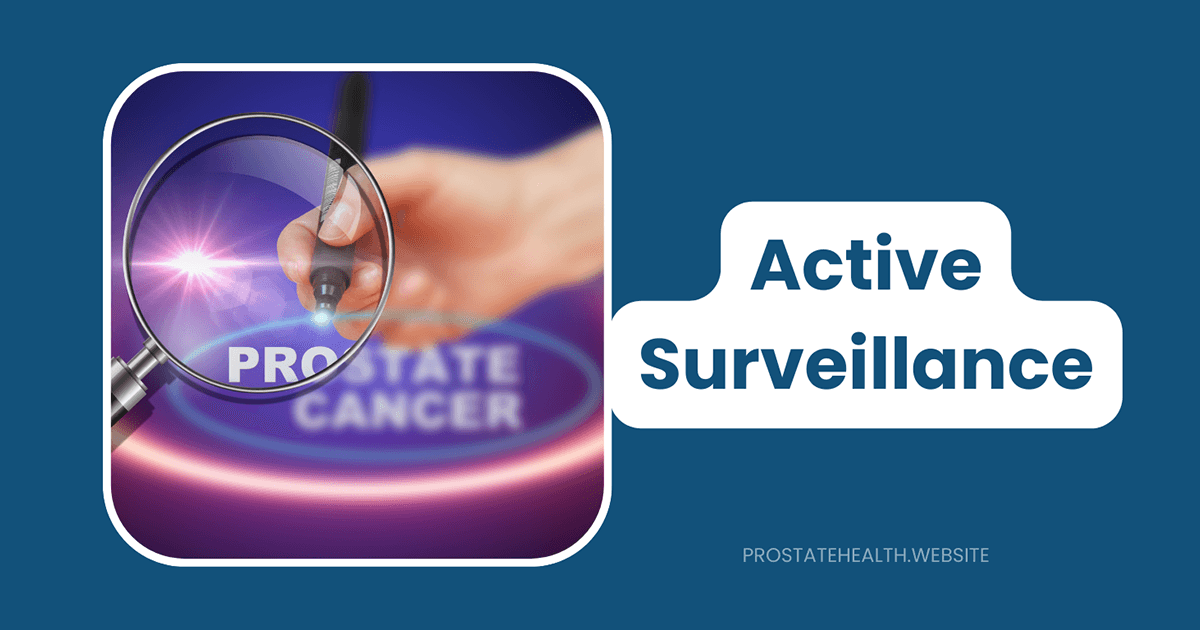Prostatic Urethral Lift: A Newer Option for BPH Treatment

If you’re one of the millions of men dealing with benign prostatic hyperplasia (BPH), you know how frustrating the symptoms can be—frequent urination, weak stream, nighttime bathroom trips, and the constant feeling that your bladder isn’t quite empty. While medications help many men, they don’t work for everyone and often come with unwanted side effects like dizziness, fatigue, or sexual dysfunction.
Enter the Prostatic Urethral Lift (PUL), marketed as the UroLift® System—a minimally invasive procedure that’s changing the BPH treatment landscape. Since receiving FDA approval in 2013, this innovative approach has been performed on approximately 500,000 men worldwide as of 2025, offering a unique solution that preserves sexual function while providing rapid symptom relief.
“The UroLift procedure represents a paradigm shift in BPH treatment,” explains Dr. Robert Chen, urologist. “It’s the only leading BPH procedure that doesn’t require cutting, heating, or removal of prostate tissue, which translates to fewer complications and faster recovery for many patients.”
This comprehensive guide explores how the prostatic urethral lift works, its benefits and limitations, what to expect during the procedure and recovery, and how it compares to other BPH treatments.
Understanding the Prostatic Urethral Lift Procedure
How It Works
Unlike traditional surgical approaches that remove prostate tissue, the prostatic urethral lift takes a mechanical approach:
- Small, permanent implants are placed through the obstructed urethra
- These implants pull excess prostate tissue away from the urethra, like opening curtains on a window
- This creates an open channel for urine to flow
- The implants remain permanently in place to maintain the opening
The UroLift implants themselves are made of a nickel-titanium capsular tab connected to a stainless steel urethral end piece by a polyester suture. These materials have been used in medical implants for decades and are designed to remain in the body permanently.
The Procedure Experience
The prostatic urethral lift procedure is typically performed in an outpatient setting:
- Duration: Usually takes less than an hour (often just 10-15 minutes of actual procedure time)
- Anesthesia: Can be performed under local, spinal, or general anesthesia
- Technique: A specialized delivery device is inserted through the urethra to deploy the implants
- Number of implants: Typically 4-6 implants are placed, depending on prostate size and anatomy
- Recovery time: Most patients go home the same day
“The procedure itself was quick and relatively comfortable under local anesthesia with sedation,” shares Michael, 62, who underwent UroLift in 2024. “I was surprised by how little discomfort I felt during and after the procedure.”
Ideal Candidates for Prostatic Urethral Lift
The prostatic urethral lift isn’t right for everyone. Understanding who benefits most from this approach is crucial:
Good Candidates Include:
- Men aged 45 and older with BPH symptoms
- Those with prostates between 20-100cc in size
- Men who want to preserve sexual function
- Patients seeking a minimally invasive option with quick recovery
- Those who have failed or cannot tolerate BPH medications
- Men who want to avoid catheterization (most patients don’t require a catheter after UroLift)
Less Suitable Candidates Include:
- Men with prostates larger than 100cc
- Those with active urinary tract infections
- Patients with certain urethral conditions that prevent insertion of the delivery system
- Men with very severe symptoms or urinary retention (though recent studies show it can work for some retention patients)
- Those with significant middle lobe enlargement (though newer techniques are addressing this)
“Patient selection is key to success with UroLift,” notes Dr. Chen. “For the right candidate, it offers an excellent balance of effectiveness, safety, and quality of life preservation.”
Benefits of Prostatic Urethral Lift
The prostatic urethral lift offers several distinct advantages over other BPH treatments:
1. Preservation of Sexual Function
Perhaps the most significant benefit is the preservation of sexual function:
- No reported cases of new, sustained erectile dysfunction in clinical trials
- No reported cases of retrograde ejaculation (a common side effect of other procedures where semen goes into the bladder rather than out through the penis)
- Maintenance of normal ejaculatory function
This makes UroLift particularly appealing to sexually active men who are concerned about the sexual side effects associated with medications and other procedures.
2. Rapid Symptom Relief
Clinical data shows:
- Significant symptom improvement within 2 weeks
- 86% of patients report meaningful symptom relief within 1 month
- Improvement in urinary flow rate and quality of life metrics
“I noticed improvement in my symptoms almost immediately,” reports James, 58. “Within a week, I was urinating more freely than I had in years, and the nighttime trips to the bathroom were reduced from 4-5 times to just once.”
3. Quick Recovery
The minimally invasive nature of UroLift translates to faster recovery:
- Most patients return home the same day
- Many resume light activities within days
- Typically return to normal activities within 1-2 weeks
- Less post-procedure pain compared to surgical options
4. No Need for Long-term Catheterization
Unlike many other BPH procedures:
- Most patients (approximately 80%) don’t require a catheter after the procedure
- If catheterization is needed, it’s typically removed within 24 hours
- This significantly improves comfort during recovery
5. Durable Results
Long-term data is encouraging:
- Five-year data shows sustained symptom improvement
- Retreatment rate of approximately 13.6% over five years (about 2-3% per year)
- Comparable durability to other minimally invasive options
Potential Drawbacks and Side Effects
While the prostatic urethral lift has many advantages, it’s important to understand potential limitations:
Common Side Effects
Most side effects are mild to moderate and resolve within 2-4 weeks:
- Dysuria (painful urination): Experienced by many patients initially
- Hematuria (blood in urine): Common but typically resolves within days to weeks
- Pelvic pain: Usually mild and improves within days
- Urgency and frequency: Often temporary as the prostate heals
- Incontinence: Rare and typically resolves quickly if it occurs
Rare Complications
Serious complications are uncommon but may include:
- Infection: Requiring antibiotics
- Significant bleeding: May require intervention
- Implant encrustation: Rare cases where mineral deposits form on implants
- Implant migration: Very rare instances where an implant moves from its original position
Effectiveness Considerations
- Less effective for very large prostates (>100cc)
- Moderate improvement in flow rate compared to surgical options
- May not be as effective for severe symptoms as more invasive procedures
“I experienced some burning during urination and saw blood in my urine for about a week,” shares Robert, 65. “But these symptoms were manageable with over-the-counter pain relievers and gradually improved. By week three, I felt completely normal.”
The Procedure: What to Expect Before, During, and After
Before the Procedure
Evaluation and Testing:
- Physical examination
- Urinalysis to rule out infection
- PSA blood test
- Uroflowmetry to measure urine flow
- Cystoscopy to examine the urethra and prostate
- Prostate ultrasound to determine size and shape
Preparation:
- You may need to temporarily stop blood thinners (discuss with your doctor)
- Typically, you’ll be asked to avoid food and drink for several hours before the procedure
- Arrange for someone to drive you home afterward
During the Procedure
Step 1: Anesthesia
- Local anesthesia with sedation, spinal anesthesia, or general anesthesia depending on patient preference and doctor recommendation
Step 2: Cystoscopy
- A small scope is inserted through the urethra to visualize the prostate
Step 3: Implant Placement
- The UroLift delivery device is inserted through the scope
- The device deploys implants that pull the obstructing prostate tissue away from the urethra
- Multiple implants (typically 4-6) are placed to create an open channel
Step 4: Completion
- The scope is removed
- The entire procedure typically takes less than an hour
After the Procedure
Immediate Recovery:
- Most patients go home the same day
- You may or may not have a catheter (if needed, it’s typically removed within 24 hours)
- Pain medication is prescribed if needed, though many patients manage with over-the-counter options
First Week:
- Expect some blood in urine, burning during urination, and increased frequency
- These symptoms typically improve gradually over the first week
- Light activities can usually be resumed within days
- Drink plenty of water to help flush the bladder
Weeks 2-4:
- Most symptoms continue to improve
- Sexual activity can typically be resumed after 2-4 weeks
- Follow-up appointment to assess progress
Recovery Tips and Timeline
Recovery Timeline
| Timeframe | What to Expect |
| Same day | Return home, possible catheter for 24 hours |
| Days 1-7 | Blood in urine, burning sensation, frequency |
| Days 7-14 | Symptoms begin to improve significantly |
| Weeks 2-4 | Return to normal activities, including sexual activity |
| 1-3 months | Full benefit of the procedure typically realized |
Tips for a Smooth Recovery
- Stay hydrated: Drink 8-10 glasses of water daily to help flush your bladder and reduce blood in urine
- Avoid straining: Don’t lift heavy objects (over 10 pounds) for at least a week
- Take it easy: Gradually increase activity levels as comfort allows
- Avoid irritants: Limit caffeine, alcohol, and spicy foods during initial recovery
- Follow medication instructions: Take antibiotics as prescribed to prevent infection
“The recovery was much easier than I anticipated,” shares William, 60. “I had some discomfort for about a week, but it was manageable. By week two, I felt almost back to normal and was able to resume most of my regular activities.”
Comparing UroLift to Other BPH Treatments
Understanding how prostatic urethral lift compares to other BPH treatments can help you make an informed decision:
UroLift vs. Medications
Advantages over medications:
- No daily pill regimen
- No medication side effects (dizziness, fatigue, sexual dysfunction)
- More immediate symptom relief
- One-time procedure vs. ongoing medication costs
Disadvantages compared to medications:
- Invasive procedure with recovery period
- Higher upfront cost (though may be cost-effective long-term)
- Potential procedural complications
UroLift vs. Rezūm Water Vapor Therapy
Recent head-to-head studies (CLEAR trial) comparing UroLift to Rezūm show:
UroLift advantages:
- Faster recovery period
- Less catheterization (1 in 42 UroLift patients vs. 10 in 37 Rezūm patients)
- Better preservation of sexual function in early recovery
- Less interference with daily activities due to pain or bleeding
Rezūm advantages:
- May be more effective for larger prostates
- Can treat median lobe enlargement more effectively
- Potentially more durable long-term results
- Lower retreatment rates in some studies
UroLift vs. TURP (Transurethral Resection of the Prostate)
UroLift advantages:
- Outpatient procedure with faster recovery
- Preservation of sexual function
- Lower risk of complications
- No or minimal catheterization
TURP advantages:
- More complete removal of obstructing tissue
- Greater improvement in urinary flow
- More durable long-term results
- Better for very large prostates
Making Your Decision: Is UroLift Right for You?
When considering whether prostatic urethral lift is the right choice for your BPH symptoms, consider these key factors:
1. Symptom Severity
- Mild to moderate symptoms: UroLift may provide sufficient relief
- Severe symptoms or retention: More invasive options might be more appropriate
2. Prostate Size and Anatomy
- Prostate size 20-100cc: Ideal range for UroLift
- Prostate >100cc: Other options may be more effective
- Significant middle lobe: May be challenging for standard UroLift technique
3. Priorities and Preferences
- Sexual function preservation: UroLift excels in this area
- Recovery time: UroLift offers quick recovery
- Durability of results: Weigh the potential need for retreatment against benefits
- Catheterization concerns: UroLift minimizes catheter use
4. Questions to Ask Your Doctor
- What is my prostate size and is it suitable for UroLift?
- Given my specific symptoms and anatomy, what success rate would you expect?
- How many UroLift procedures have you performed?
- What are the alternatives in my specific case?
- What complications have your patients experienced?
“I chose UroLift primarily because I wanted to preserve my sexual function,” explains Thomas, 55. “After discussing all options with my urologist, it was clear that UroLift offered the best balance of effectiveness and quality of life preservation for my situation.”
Conclusion: A Valuable Addition to the BPH Treatment Arsenal
The prostatic urethral lift represents an important advancement in BPH treatment, offering a minimally invasive option that preserves sexual function while providing meaningful symptom relief. With approximately 500,000 procedures performed worldwide and inclusion in both American and European urology guidelines, UroLift has established itself as a legitimate option in the BPH treatment landscape.
While not the right choice for every man with BPH, for suitable candidates—particularly those concerned about sexual side effects or wanting to avoid more invasive surgery—prostatic urethral lift offers an attractive balance of effectiveness, safety, and quality of life preservation.
As with any medical procedure, the key to satisfaction is having realistic expectations and making an informed decision in partnership with your healthcare provider. By understanding the benefits, limitations, and recovery process associated with prostatic urethral lift, you can approach your BPH treatment with confidence and clarity.
Frequently Asked Questions
Yes, most insurance plans, including Medicare, cover the UroLift procedure when medically necessary. It’s always best to check with your specific insurance provider regarding coverage details.
Five-year data shows durable results for most patients, with a retreatment rate of approximately 13.6% over five years (about 2-3% per year). Many patients continue to experience relief beyond this timeframe.
No, patients typically cannot feel the implants once they’re in place. They’re designed to be comfortable and unnoticeable.
Yes, the UroLift implants are MR Conditional, meaning you can safely undergo MRI scans under specific conditions (static magnetic field of 3.0 Tesla or less). Always inform your healthcare providers about your implants before any imaging procedures.
Yes, though it’s rarely necessary. The implants can be removed cystoscopically if needed.
Many patients report improvement within days to weeks. Clinical studies show significant symptom improvement as early as two weeks after the procedure, with 86% of patients reporting meaningful relief within one month.
External Resources:
- American Urological Association – BPH Guidelines
- Urology Care Foundation – Prostatic Urethral Lift
- FDA Information on UroLift System






